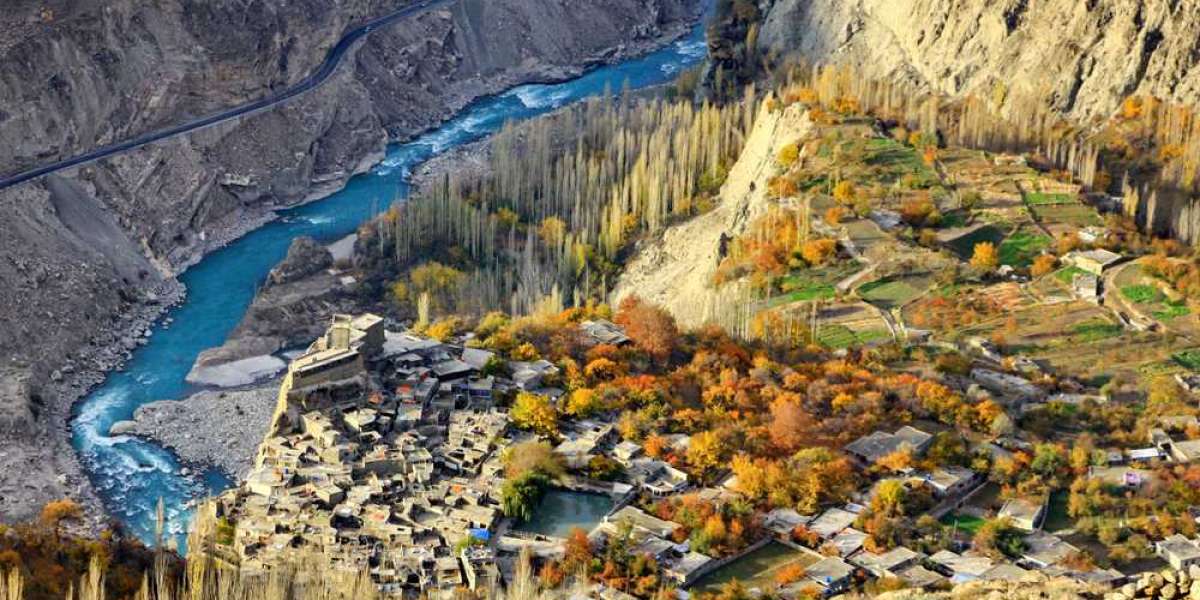The valley is drained by the Hunza River and borders the cities of Ishkoman and Shigar to the north and south, the Wakhan Corridor in Afghanistan to the northeast, and the Xinjiang region of China to the east. There are many reasons to visit the Hunza Valley and Hunza Nagar. This beautiful region is home to many flora and fauna and a variety of Sunni and Ismaili people.
If you've ever wanted to visit Pakistan's famous mountain valleys, there are many things you'll want to know about Hunza Valley. In this article, you'll discover the best attractions in both Hunza Valley and Hunza Nagar and learn why you must go to the region.
Hunza Valley

The Hunza Valley is a mountain valley in northern Pakistan, bordered by Shigar and Ishkoman to the northwest and the Wakhan Corridor in Afghanistan to the north and east. To the northeast, the valley borders the Xinjiang region of China. The Hunza Valley was founded in the 1850s and is considering one of the world's highest mountain valleys.
The history of Hunza valley is simply phenomenal. The area was once a princely state ruled by Muslims. From 1889 until 1947, Hunza was a vassal of the Maharaja of Jammu and Kashmir, and the Mirs/Chief (Team) of the valley would pay annual tribute to the Durbar of Kashmir. There are several natural sights to be seen, including the spectacular snow-capped Rakaposhi peak, and the beautiful valley.
The valley has four distinct seasons and is accessible all year round. The Hunza Valley was a separate kingdom for more than a thousand years. Hunza was ruled by Mirs, also known as Tham. The Mirs were in power until 1890 when the British military conquest brought the British to the area. In 1890, the British occupied the Altit Fort, forcing the late Mir "Safdar Ali Khan" to flee and seek political asylum in Kashghar Turkistan. The British then declared Hunza a principal state.
The landscape in Hunza is stunning and filled with natural sights. The Altit fort is one of the most popular attractions in the region, which is now a heritage museum. Another place to visit is the Bazar of Karimabad, famous for its gemstones and handicrafts. Tourists can also buy a variety of fresh fruits and vegetables, which make for a deliciously nutritious diet.
While exploring the scenic beauty of the Hunza Valley, tourists should keep in mind that the people of Hunza are very welcoming. The Burushaski language is the most widely spoken in the region, though Urdu and English are the dominant languages. Hunza Valley offers numerous cultural events. Traditional dance is popular among all age groups, and a special traditional band makes the event even more memorable.
The Borusho people of the valley speak the local language, Burushaski. A significant number of Sunni and Shia Muslims live in the area as well. Most of the inhabitants of the valley speak Burushaski, the main language. While the Burushaski language is spoken by 97% of the population, the language of minority groups is Domki. Most Borushos speak Burushaski or a variety of other languages.
If you're planning a trip to Pakistan, it's worth checking out the valley. This region is home to several high peaks over 6,000 m. From the Hunza Valley, you can admire some of the world's most spectacular peaks, including the Rakaposhi (at 7,788 m), Ultar Sar (at 6,300 m (20,571 ft), and Ladyfinger.
You should consider visiting Hunza for its cultural diversity, which varies greatly. The locals eat a diet rich in fresh fruits, vegetables, and whole grains. They rarely consume oily or spicy food, and they also walk regularly on rocky terrain. While you're there, be sure to try the local specialty food, apricots. These are considered Hunza's "gold". Traditionally, the Hunza people eat the fruit and make jam and ice cream with it.
The center of Hunza is made up of five different districts, starting at Murtazaabad and ending at Attaabad. The first district is known as Center Hunza and includes Hassanabad, Aliabad, Dorkhan, Shiras, and Garelth, while the last is Attaabad. The most famous district of Hunza Nagar is Rakaposhi (at 7,788 m).
Located at 3100m above sea level, Shimshal is the highest settlement in Hunza Valley. Its length is 3800 km. Many of the inhabitants of the area speak the Shina language and are involved in the manufacturing of mountain equipment. Many hiking trails cover the area. The region is also a popular tourist destination, with many hiking trails and tourist points. While exploring the area, be sure to take time to explore the Hunza Valley!
Rakaposhi
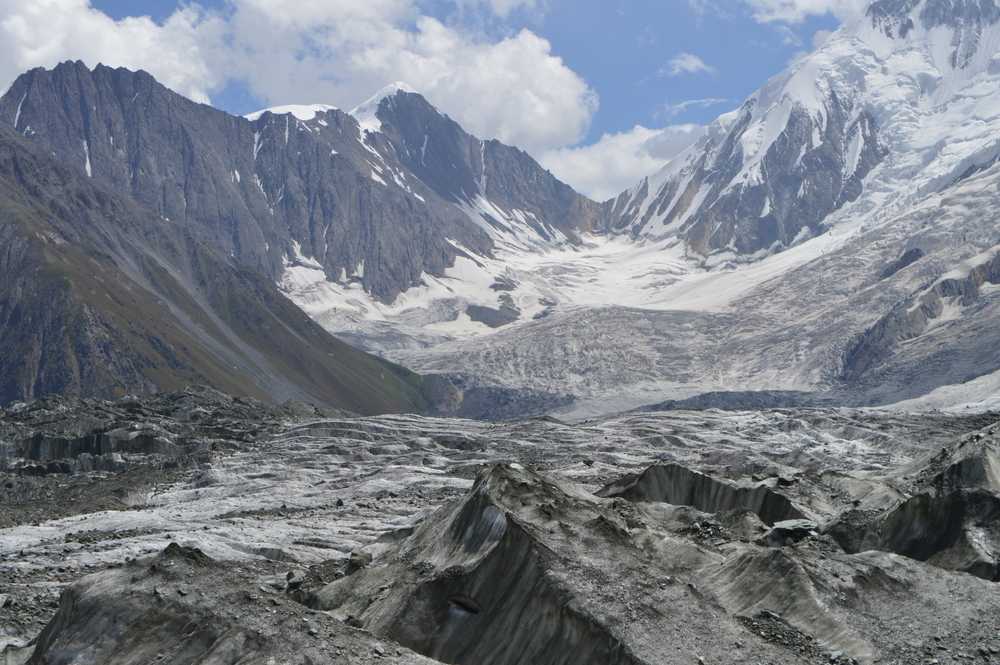
The pristine environment of the Rakaposhi is an attraction in itself. This beautiful massif is home to endangered species including the Snow Leopard, Marco Polo sheep, and wolves. The viewpoint at Rakaposhi is also known as the Zero Point of Rakaposhi. Situated on the Karakoram Highway, the area has become one of the best destinations to visit in the Hunza Valley.
There are several ways to access this mountain range. There is a shuttle service from Chitral once a week. The journey to Gilgit takes about 16 hours by Land Cruiser. You can also hire a private Land Cruiser for the journey and plan your itinerary. The area around Rakaposhi is a popular trekking destination for both experienced and novice trekkers. This picturesque region is also a hub for a variety of activities, including skiing.
Rakaposhi is one of the most impressive mountain peaks in the world. It rises above the scenic cultivated fields of the Hunza-Nagar River at an average distance of 11.2 kilometers. Its rank is primarily due to its unparalleled scenic beauty, but it is also known for its steep, snow-covered peaks. In 1958, Mike Banks and Tom Patey were the first to climb Rakaposhi by taking the Southwest Spur/Ridge route. Both climbers sustained minor frostbites while attempting the summit. Unfortunately, another climber slipped and died while making their descent.
Traditional Cuisine of Hunza

In the heart of the Hunza Valley, a small cafe named Kha Basi Cafe serves authentic local food in a calm atmosphere. The cafe is part of a small traditional house offering exclusive accommodation. Designed in a traditional style, the house was a pilot project by the local women's cooperative CIQAM. Made from local materials, the cafe offers a calm atmosphere and traditional ambiance.
Giyaling, also called Go-Lee, is one of the region's most popular breakfast items. Traditionally, this flatbread is prepared to celebrate "Giani", the harvesting of the wheat crop in May. Giyaling is made from whole-grain flour and served with tea and butter. Locals enjoy a meal of this dish with their morning cup of tea.
The people of the Hunza Valley have a unique culture that goes beyond its mountainous landscape. They don't eat spicy or oily foods but instead eat a diet rich in fruit and vegetables. The valley's climate means that the food here is largely organic, meaning it is free from additives or preservatives. Hunza people are hardworking, and their lifestyles reflect it. Among their unique traits, they enjoy a healthy diet of home-grown organic food.
A great dish to try while in the Hunza region is harissa. This dish, which is considered a traditional version of pizza in the Hunza Valley, is made with sprouted wheat flour and meat. It is cooked in a traditional fire called a Bukhari. It is incredibly healthy and can be eaten alongside a naan. It is also extremely energetic.
Literacy Rate of Hunza
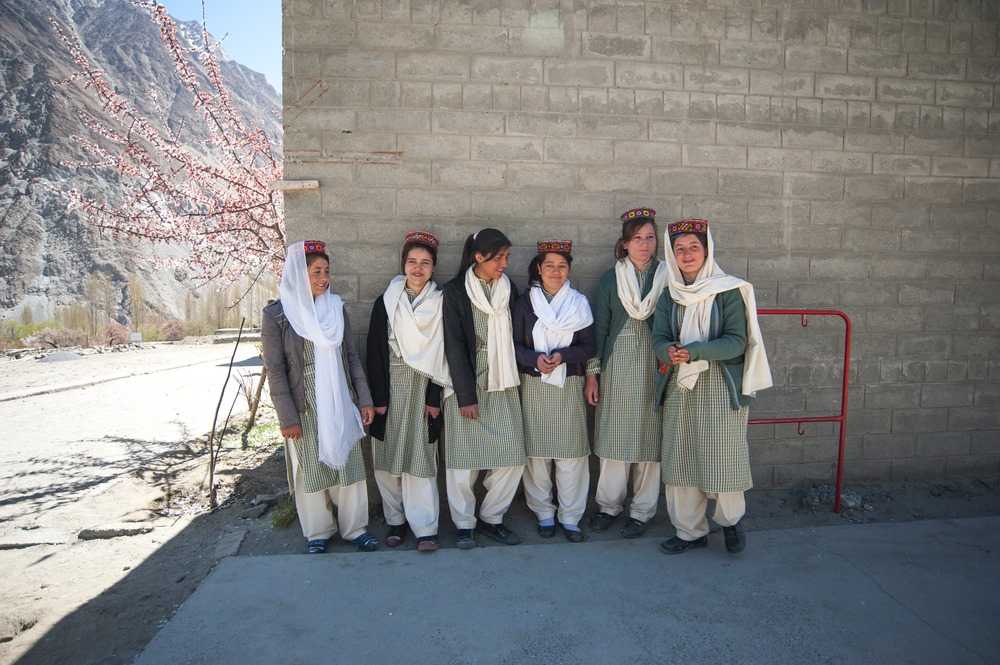
The Hunza Valley is a mountainous area in Pakistan with a literacy rate of over 85%. The Hunza people are considered to be the best educated in Pakistan. Most of them attend schools and colleges up to the high school level and many even go on to pursue higher education. The Hunza people are Ismaili Shia Muslims and speak many different languages. The literacy rate in Hunza Valley is high, with most of the people achieving professional degrees.
The Hunza valley is also known for its fresh fruit and vegetable crops. The region produces mulberry, apricots, peaches, apples, pears, grapes, and black and red cherries. Hunza also grows maize, peas, wheat, and vegetables. Literacy in the area is high, and the Hunza people's diet is considered a healthy diet.
The Hunza Valley is one of the most isolated places in the world but in 1978, Chinese, and Pakistani workers completed the Karakoram Highway, which connected the region to both China and Pakistan. Currently, only about 500 Burusho people live on the Chinese side of the Karakoram Highway. They are among the most educated in the Hunza Valley. And while their language may be different from that of their neighbors, they are proud of their culture and proud of it.
The area around Hunza Nagar has been declared a community park, which prevents the hunting of endangered animals. Some of these animals include the show tigers, the brown bear, and the Marco Polo sheep. These animals are protected within the community park and are surviving in Nagar today. And because the Hunza valley is so unique, the rate of literacy is a high ninety-five percent.
Terraced Fields in Hunza
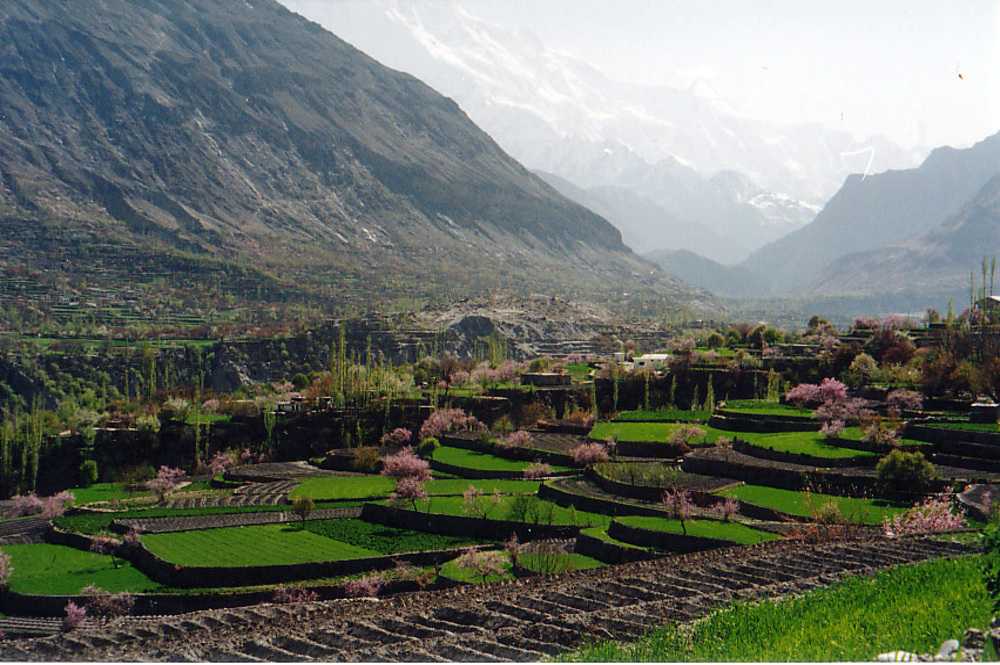
A visit to the quaint town of Hunza is a must for anyone who wants to explore the natural beauty of Pakistan's tucked-away valleys. The Hunza Valley is renowned for its beautiful terraced fields, delicious fruit, and the friendliness of the locals. Most people in Hunza speak one of the four local languages: Burushaski, Shina, or Wakhi. Literacy in the area is high - nearly ninety percent of children finish school. Many go on to higher education. Most of the locals are Ismaili Shia Muslims and the entire town is dotted with them.
The Hunza region was a princely state for nearly 900 years until the Soviets occupied the area. Today, the Hunza Valley is a major tourist attraction in Pakistan and is known for its picturesque landscape and magnificent mountains. Hunza is home to the Hunzakut people, an ethnic group related to the Burusho people, who are native to the Hunza Valley. The Burusho believe that they are descendants of Alexander the Great's army.
Those looking to hike the area's alpine lakes can explore Rush Lake, the country's highest lake at 4,700 meters. There are also panoramic views of the Hunza Valley, terraced fields, and glaciers. The region is surrounded by some of the most spectacular mountain peaks in the world, including Rakaposhi, the infamous snow leopard, and the Diran Peak, which is the highest in the range.
Ancient Watch Towers in Hunza
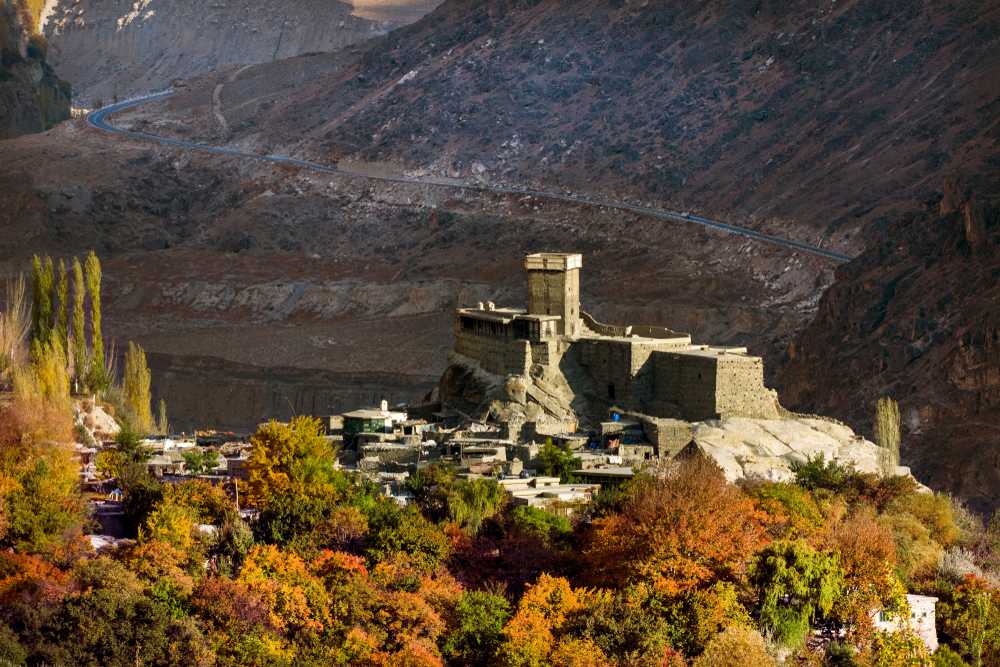
The fabled Shangri-La is the inspiration for the famous lost horizon novel, by James Hilton. This idyllic valley is so remote and beautiful, that it was used as the setting for the novel. The valley is green and the mountains are a majestic sight. It is a land where the mountain people live a simple life, yet are protected from the world. In the novel, the Tibetan rulers live to extraordinary ages. There are many parallels between the Hunza Valley and Shangri-La, including the lush valley and majestic mountains.
One of the best views of the snow-capped mountains can be found in the Upper and Lower Hunza Gojal. From the Ondra fort, which overlooks the village of Gulmit, you can enjoy the view of 120 kilometers of mountain peaks. From the Ondra fort, you can even take in the view of the mighty Tupopdan Peak (6561m), Shisper Peak (7611m), and the Ladyfinger Peak, which stands at 6,090m.
The peaks of the Hunza valley are a spectacular sight. The Hunza rulers were wealthy and feared far beyond their neighbors. They were able to protect their valley by kidnapping slaves and plundering caravans to the north and south. While these men were brigands by profession, they did so under the command of the local chief and their people were largely self-sufficient. They cultivated their land and spent massive amounts of labor to build terraced fields and irrigation channels.
Cherry Blossom in Hunza
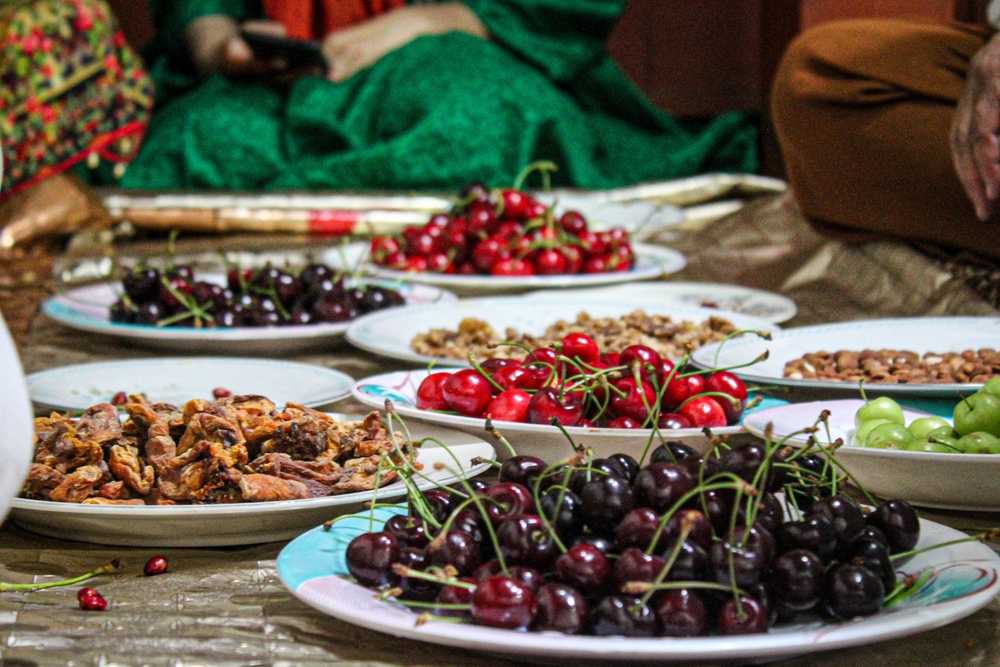
The Cherry Blossom in Hunza Valley begins around mid-March, and it's one of the highlights of the summer in Pakistan. Known for its stunning view, this flowering tree reflects the beauty of spring and the transience of human life. The flowers can be found in over 100 different varieties, and the pink wave of Pakistan announces the beginning of the cherry blossom season.
When the cherry blossom season starts in early April, you can enjoy the beautiful colors and enchanting natural landscape of the area. The first week of April is the best time to visit the Hunza Valley to see this spectacular sight. The valleys of Hunza are accessible from Gilgit and Islamabad by road. If you are lucky enough to make it during this period, it is sure to be worth the trip.
The Cherry Blossom season is a beautiful way to welcome the end of the winter months in the region. The peak blossoming season in the Hunza Valley occurs from the second week of March to the end of April, depending on the area's elevation. You'll find the most beautiful trees and mountains dotted around during this season. In Gilgit-Baltistan, this season starts on March 15th and lasts until April 30th.
Culture of Hunza People

The culture of the Hunza people is very unique and is very much different from the others. In Hunza, the people live the longest lives of any other people. Their diet is not only healthy but also quite simple. They do not consume much oil, and their food is mostly non-oily. They also practice hard work, and this is evident in the literacy rate.
The imposing Fort Baltit, eight hundred years old and constructed on solid rocks, stands in the center of Hunza Nagar and is a crown on the fortified houses of the Hunza Valley. The Meer lived here and was in charge of the entire Hunza population. The fort is a very old structure, built on sturdy stone and wooden foundations.
The culture of the natives in the Hunza Valley can be seen in all aspects of their life, from their dress and lifestyle to the food and drink they eat. The Hunza people are a peaceful and friendly bunch, and you'll find that their lifestyles have not been changed by modern civilization. They live in a mountainous environment, with narrow passages and steep ridges.
The people of Hunza Valley are hospitable and friendly, and if you have a chance to speak their language, they will most likely invite you to stay with them for the night and share their food, fruit, and homes with you. Despite their high literacy rate, they still maintain their culture and are extremely welcoming. A visit to Hunza valley will allow you to gain a unique understanding of the ethnicity of this region.
Festivals in Hunza
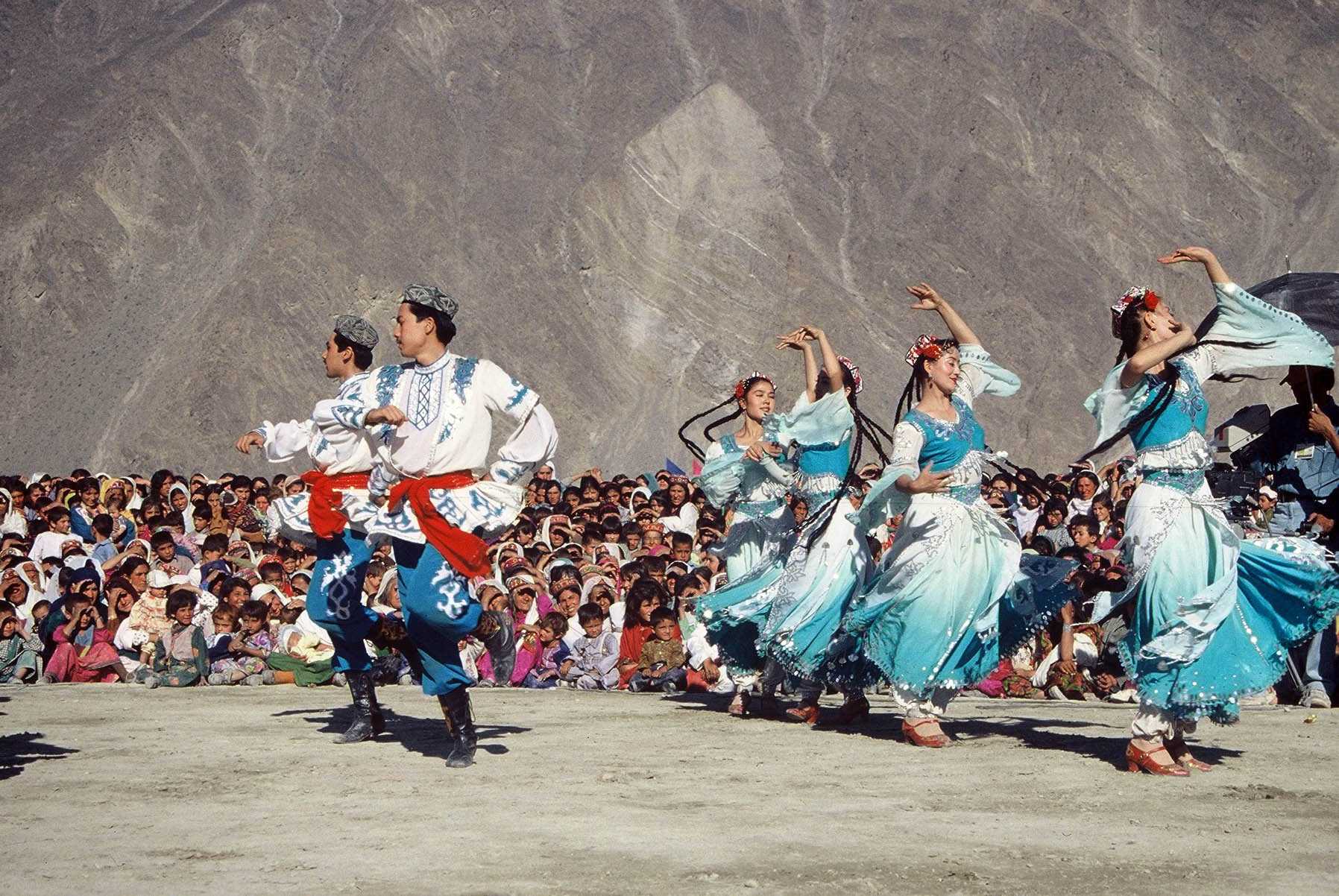
There are four distinct seasons in the Hunza Valley. The spring, summer, and fall seasons all have their unique characteristics. Spring is a time of pilgrimage and a beautiful panorama awaits visitors. The spring season is the best time to visit the Hunza Valley to witness the cherry blossoms. The festival of Baba Ghundi takes place in mid-March and lasts for one whole week.
The crop picking festival is celebrated annually in the Hunza and Nagar valleys. It starts ten days before the harvesting season. Traditional tunes, known as Hareeps, are played by musicians in Altit Castle. Crops are harvested, wheat berries are prepared and a special dish is made to commemorate the harvest. The festivities end with a firework display and a performance from local artists.
The Hunza valley is known for its many cultural activities. The people love to celebrate these cultural events. All age groups participate in the traditional dances. In addition, literacy rates are very high in Hunza. The region is considered a model for Pakistani society as it ensures every child completes high school. Many of its students go on to study at prestigious universities and colleges in the country and abroad.
The Hunza people are said to have the longest life of any group of humans. This may be due to their natural diet and pure water. The Hunza people walk the rugged terrain every day. In addition to fresh fruits, they also eat a diet of grains and bread. The Hunza Water is made from grape extract. You'll definitely enjoy the festival if you're in the region!
